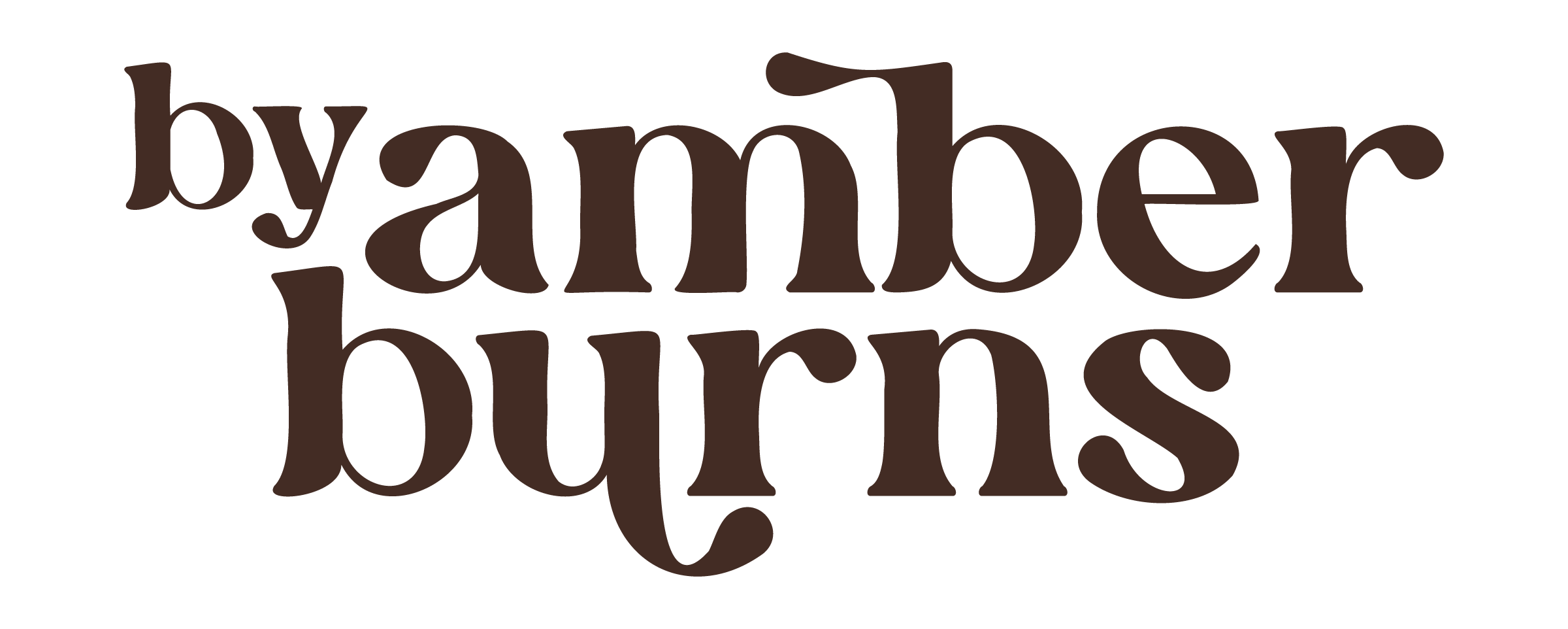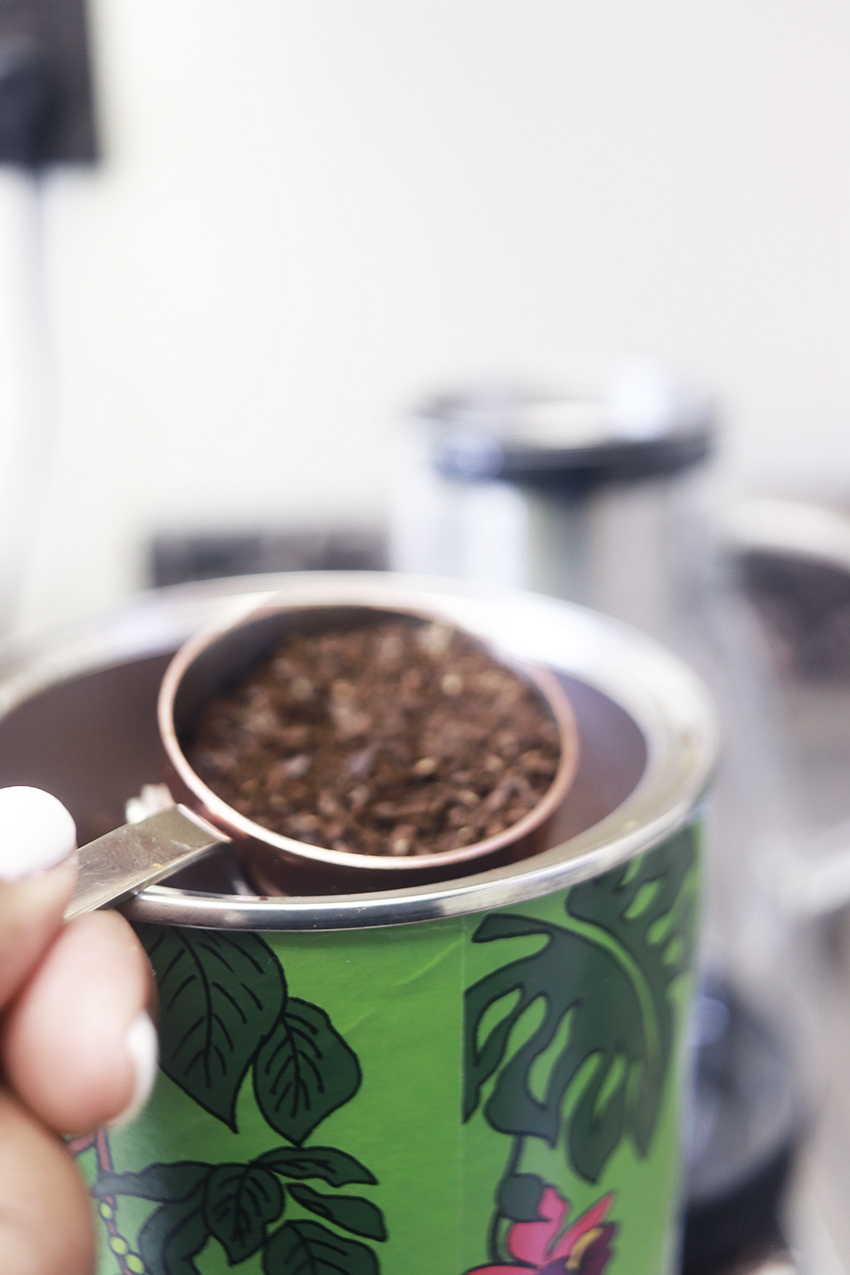
I’m definitely not a summer girl, but one thing I look forward to every year is the official start of cold brew season.
The summer time tends to be a busier season for me, so an extra boost of caffeine is always appreciated. Plus with the temps and humidity soaring, hot coffee just isn’t an option.
I love supporting my local coffee shops (which you know if you follow me on Instagram/stories), but iced drinks are already a bit more expensive, and buying cold brew every day can start to take up a large part of my fun budget. About two years ago, I experimented with making my own cold brew and iced coffee at home in attempt to save money without losing caffeine.
The first few attempts were complete fails. The process was messy and the end result was a gritty up of very strong cold brew. Last year, I switched from an cold brew to an iced coffee method. Each Sunday, I’d brew a huge pot of regular drip coffee, let is cool down and then transfer it a glass carafe and refrigerate it. This was an easy enough method, but is the flavors weren’t the same as truly cold brewed coffee.
If you’re new to the coffee world, some key differences between iced coffee (hot coffee that’s chilled/iced) and cold brew coffee (brewed in cold temps with cool water) is the level of acidity and strength of the coffee. If you find regular coffee, hot or iced, too bitter, cold brew tends to be smoother and a bit sweeter just because of how it’s brewed. Cold brew is also slightly more caffeinated, which is a bonus if you’re in need of a bigger boost.
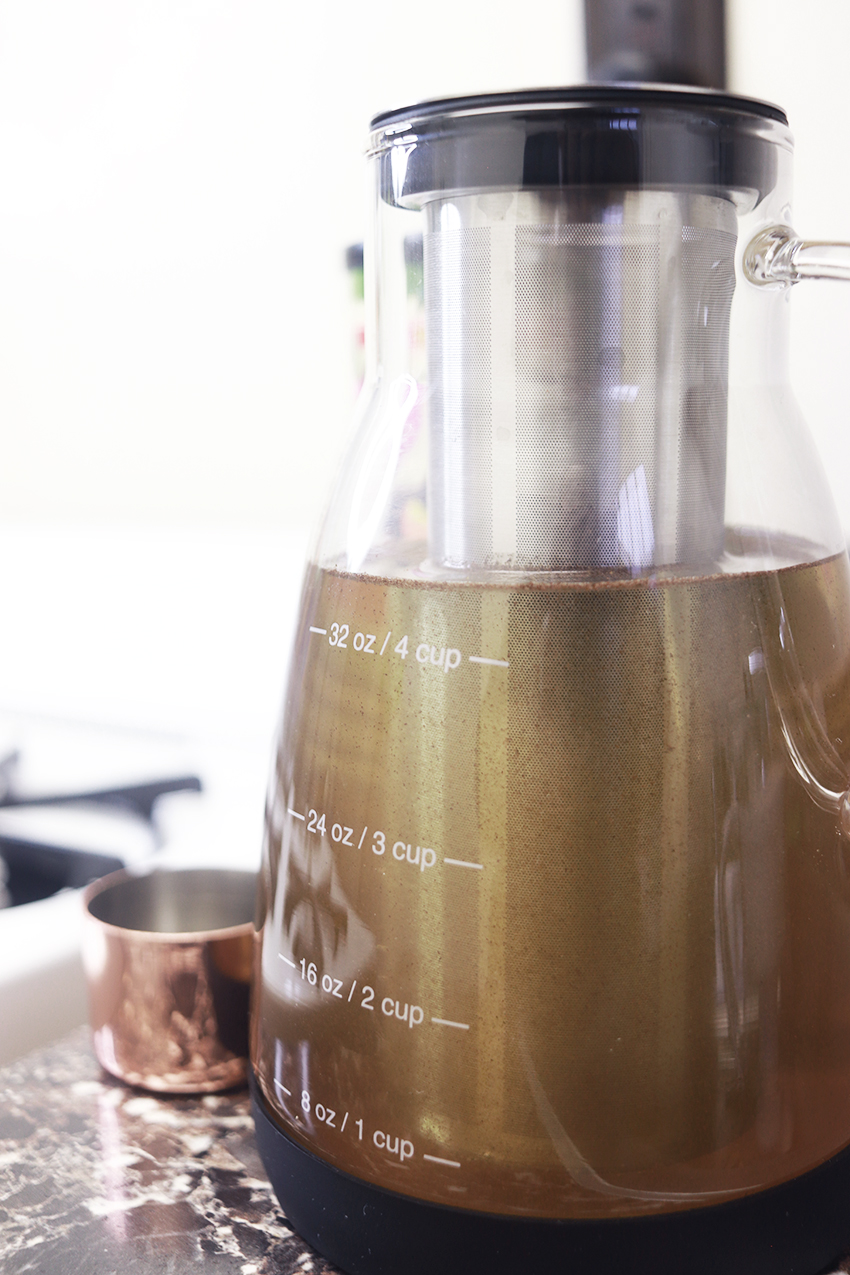
So to kick off the summer, I decided to invest in a cold brew maker –simply a glass carafe with a really good filter that can easily brew a batch. It saves on the mess and produces the perfect cup. You can also use a french press for the same mess free brew.
It was definitely worth the investment and this particular model comes with a lifetime warranty –so if anything should happen, you’ll never have to be coffee-less for long.
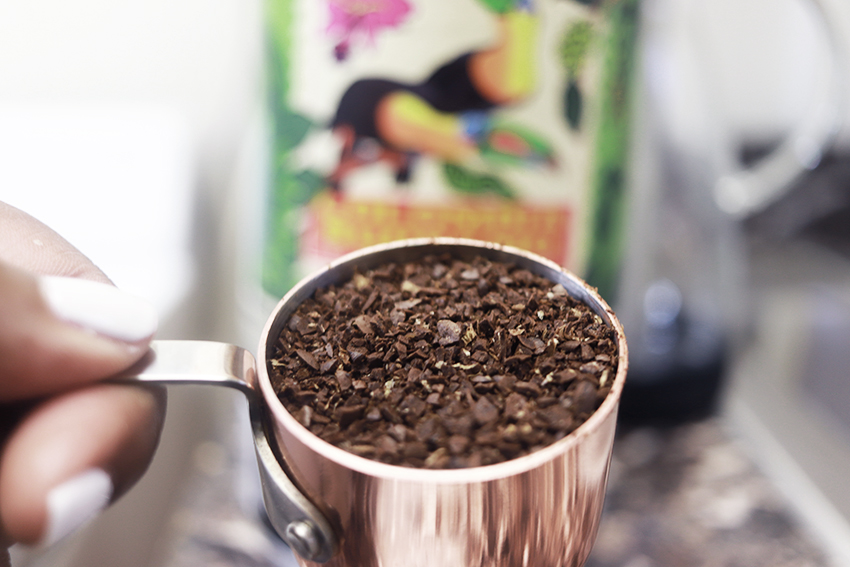
The key to brewing a perfect batch of cold brew is in the beans. More specifically, how they’re ground. You want a coarse grind so that the flavors can be released without allowing those bitter flavors to come through. If you’re using a strainer instead of a cold brew filter or french press, coarsely ground beans will also alleviate some mess during straining.
I use Trader Joes beans for my coffee, and they have an in-store grinder with a “coarse” option. If you’re buying your coffee pre-ground, try to look for a brand that offers a coarse grind or sells specifically for cold brewers.
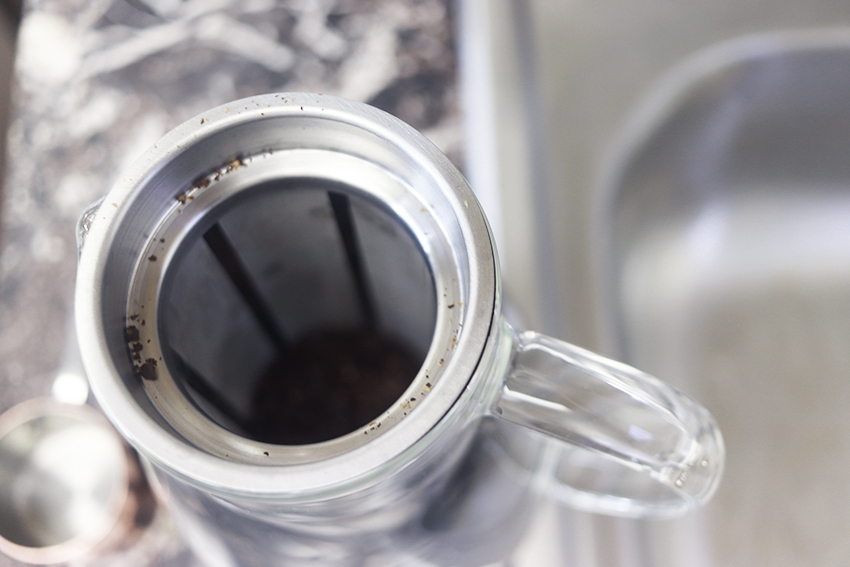
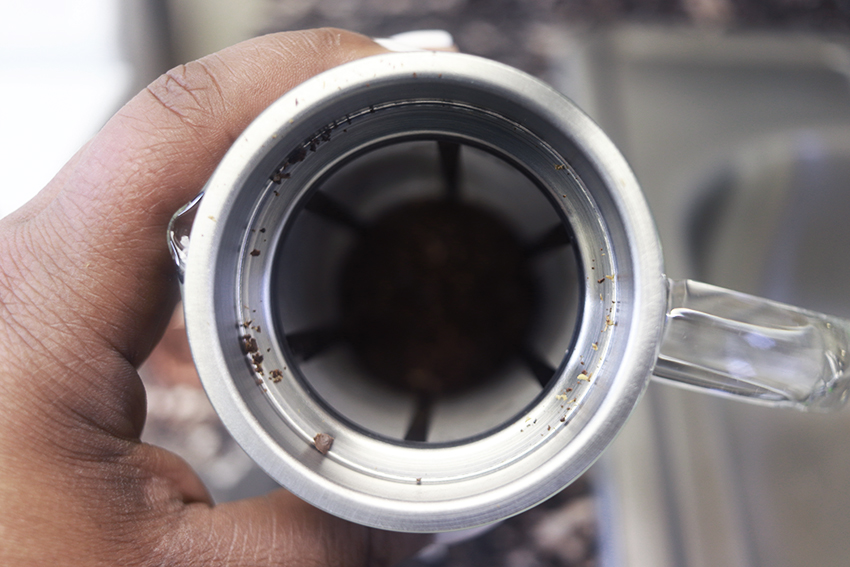
The next steps are the are the easiest.
Add your ground beans into the filter. I use a little more than a half cup of grounds to brew a 32 ounce pitcher of coffee.
Next, taking cool water, pour directly into the filter making sure all of the grounds are hit with the water.
And then, the waiting game. Let you batch brew from anywhere to 12 to 24 hours. The longer the brew time, the stronger the coffee. Just remove the filter and you’re left with a pitcher of cold brew that can last in your fridge for up to 2 weeks.
I recommend tasting your batch before deciding whether or not to dilute with water. I drink my coffee with a little half and half, so I tend not to add water. If you do dilute your brew, it brings the fridge shelf life time down to about 3-4 days.
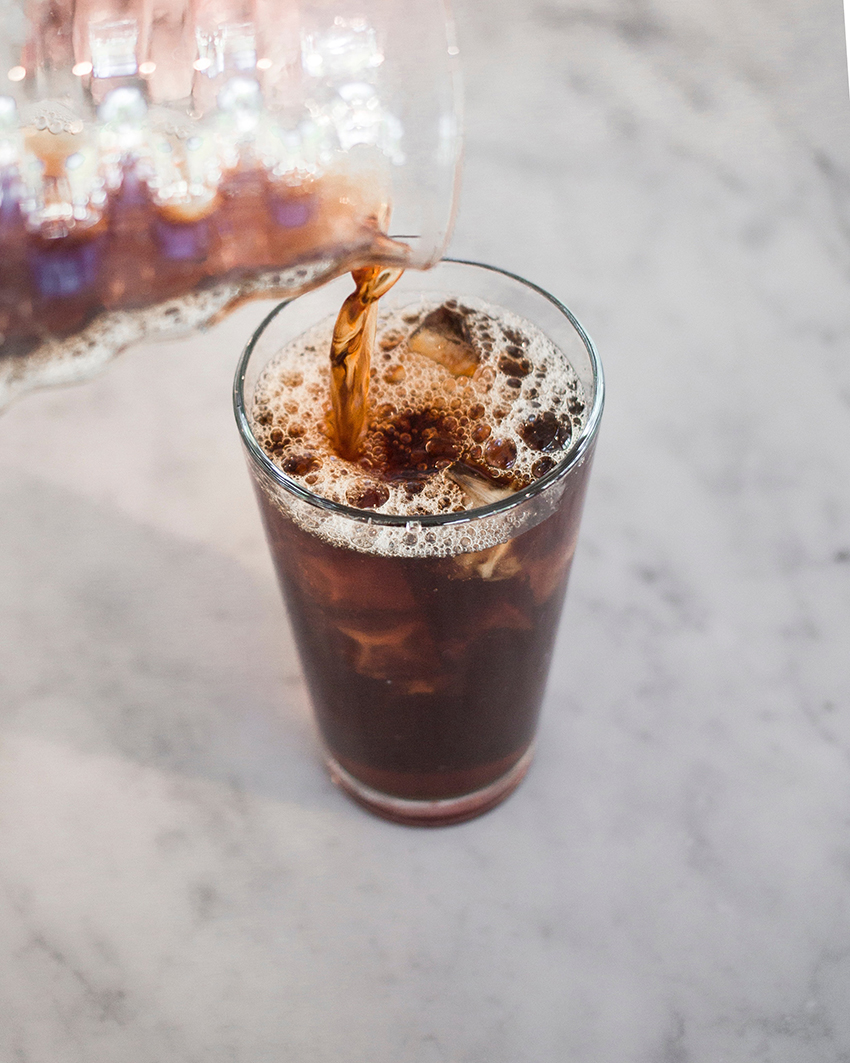
And that’s all there is to it! Simple enough, right? You can get super creative and try out different simple syrup recipes to add flavors to your cold brew all summer long.
